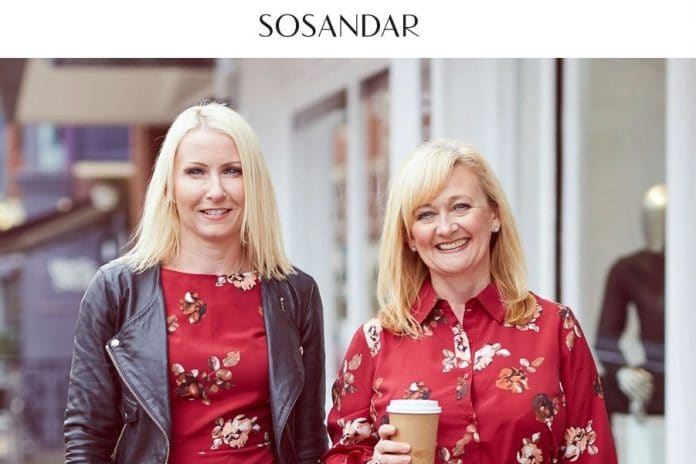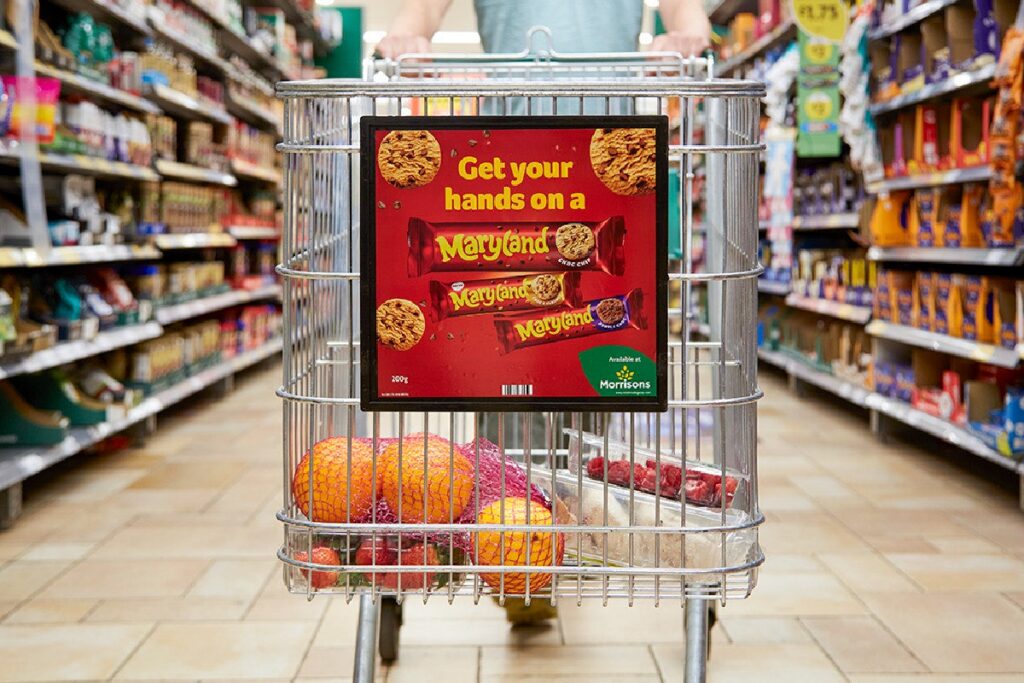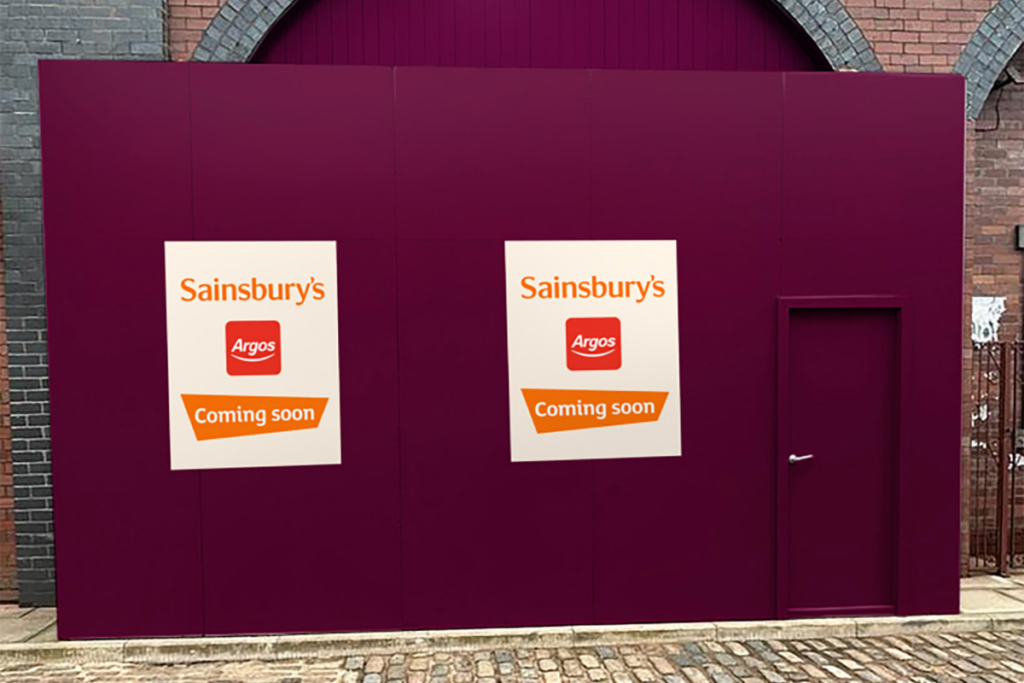The darkest days of the recent recession are behind us and consumers are opening their wallets more enthusiastically. That being said, research detailed in the recent “Elevating Brands” white paper, by design agency Lewis Moberly, indicates that those consumers are not simply reverting to their old free-spending ways.
Today‘s consumers are focused on quality rather than quantity; they want to ensure they are protecting the planet and the small producer; and they want to be healthy – but not so healthy that they aren‘t prepared to treat themselves. We are now in an Age of Consequences, where indulgence is fine – as long as it does a little good along the way.
Food and drink are top of the temptation list for these shoppers: 41% of respondents cited ‘edible escapes‘ as the area in which they actively want to buy more premium products. In particular, they‘re prepared to spend more on luxury products such as chocolate, coffee, alcohol and ice cream. However, where once luxury was limited to the top end of the market, edible escapes are not: even a basic commodity can be a premium product.
Premium is no longer just for luxury
There are gourmet sugars, handcrafted in Japan or Barbados; specialist butters from Normandy, Germany, Iceland or Somerset. You can buy butter that‘s grass-fed or slow-churned, while the milk that makes it is now such an ethical consideration that Sainsbury‘s recently released a new ad highlighting its policy of paying dairy farmers enough to ensure a reasonable profit margin. The implication is that even shoppers in search of a bargain will pay a little more if doing so will protect the livelihood of artisan farmers.
As for salt, this most basic of essentials since before the Romans (whose soldiers were paid a salarium, or salt allowance – the root of the word salary) is now on a par with that most luxury of goods, fine wine: not only do gourmet salt companies offer every colour and provenance from pink Himalayan to Persian Blue, but in America, certain restaurants have ‘selmeliers‘ to advise on the correct choice of salt for a given dish.
Even that campfire and cupboard staple, baked beans, has a swankier rival: Proper Beans, selling gourmet baked beans in flavours such as Sundried Tomato and English Mustard. And naturally, they cost rather more than a 50p can of Heinz: £3.95 for a 330g pot, from top-tier retailers such as Fortnum & Mason.
What is driving this change in consumer habits?
The rise and rise of foodie culture means that shoppers are more aware, and more caring. They want to know that no humans were harmed in the making of their treat. They understand more about the difficult lives of artisan producers, the potentially fatal consequences for our planet of careless mass production, and the health benefits of carefully nurtured ingredients, and they demand that information from purveyors.
Our research found that when respondents were asked to decide whether a product was high quality, they looked first not at price, but at ingredients. Look also trumped price: “I go by eye-catching packaging,” one participant commented. “If they have thought about the packaging, it will probably be better.”
Television programmes like The Great British Bake Off have also affected buying behaviour: as we have become a nation of impassioned bakers (and impassioned consumers of premium baked goods, buying hundreds of millions of cupcakes a year), we have come to care more about the quality and provenance of our flour, butter and sugar.
And it is not limited to bread and cakes: the UK is no longer the culinary disaster zone it once was. In the last few years, different countries‘ cuisines have poured into our cities and we have become correspondingly more interested in making those exotic dishes we try at home. As our cooking has become more sophisticated, our
RELATED STORIES

















